Pretty Privilege
Why we need to talk about colorism today
Photo: Katelyn Grisham
Since she was a little girl, junior Alexis Turner has always been reminded that she had darker skin than those around her.
“It’s always been kind of iffy stuff people have said. Moms would be like, ‘Hey, chocolate baby.’ Why do I have to be a chocolate baby? Just let me be a baby,” Turner said. “I mean there were also times where, it never really hurt my feelings, but at school if the power went out or if the lights were out, people would say, ‘We can’t see you.’ When your white friends come up to you after tanning, and say “I’m almost as dark as you.” As I got older, guys have told me, ‘You’d be cuter if you were light skinned.’ That just always happened, but it doesn’t bother me at this point. Sadly, you get used to it.”
Along with the comments that she hears from others, Turner has even been reminded about her skin complexion nonverbally.
“Actually, in fourth grade, we were doing these things where everyone was given this oval piece of paper to draw ourselves. Everyone else got a tan, cream, colored piece of paper, but [the teacher] went out of her way to cut out a darker skin tone for me and my friend,” Turner said. “And I’m like, ‘You didn’t have to do that.’ There were people that weren’t that same exact skin tone as the color, but she went out of her way to cut out another piece of paper for us just to make me notice that you made us feel different.”
What Alexis experienced is known as colorism.
Colorism is a system of discrimination in which the degree of lightness in the color of one’s skin is compared to other members within the same racial group. It is a subcategory of racism that is especially prevalent in the lives of women of color, as it plays a significant role in how they present themselves to others.
Colorism is at the root of why many cultures with people of dark-skin complexions, including African-Americans, attempt to lighten, or bleach, their skin as a means of “fitting in” and being accepted by society.
In other words, light skin is seen as better than dark skin.
Colorism dates back hundreds of years to slavery when the genes of black slaves and their white slave masters mixed to create the many shades of African-American skin color. Despite bearing the biracial children of slave masters, black women’s family relations were still considered slaves based on the “one-drop rule.”
This rule was essentially used to answer the question “Who is black?” in a nation of mixed heritages. If someone had a single “drop” of black blood, they were considered black.
While those with fairer skin were treated as slaves, they were often granted more privileges than their darker-skinned counterparts. Slaves with a lighter skin complexion might have worked in the house as a servant or house maid, while those with darker skin toiled in the hot sun, picking cotton on the plantation in the blazing heat for hours.
This color bias remained relevant into the twentieth century. In the 1920s, when jazz culture dominated New York City nightclubs, the Cotton Club only allowed dancers whose skin was lighter than a brown paper bag to perform. This process was coined the “Brown Paper Bag Test” and also gained prominence in African-American Greek fraternities and sororities as a means of acceptance.
According to University of Memphis History Professor Dr. Brian Kwoba, much of colorism is based on the psychological ideology of anti-blackness.
“Anti-blackness becomes a foundational ideology and structure that is built into the process of enslavement. Non-African or non-black people may have internalized anti-black racism for their own purposes to justify enslavement of people of African descent,” Dr. Kwoba said. “Black people, as well, can come to internalize anti-blackness because it’s so pervasive and because the society we live in – whether it is the media or school system – is all controlled, generally, by very rich white men. Those images and those messages filter down, and they filter down into black communities.”
Colorism also plays a key role in attractiveness, as some people are attracted to certain skin complexions. This is not necessarily a bad thing. However, some tend to diminish the beauty from those with darker skin.
“I think it is a product of the two-sided or what you might call the racial polarity of whiteness and blackness, in which blackness is considered inferior and whiteness is superior. When someone sees a light-skinned person as more attractive, it is because of their proximity to whiteness that they are closer to being white and farther from being black and vice-versa,” Dr. Kwoba said. “Someone who is darker skinned is seen as less attractive, less desirable, and that’s because they seem to be closer to blackness, further from whiteness. So all of that is socially constructed and fundamentally oppressive and fundamentally built on a foundation of the dispossession of African people historically and now.”
Colorism is especially prevalent in the workplace today. A University of Virginia study found that African-Americans of a lighter skin complexion receive preferential treatment in employment in regards to securing a job beyond minimum wage and how much they are paid to do the same job as one of a darker skin complexion. The average pay for those with darker skin is $11.72 per hour, or $468.80 for a week, and those with a medium skin tone make an average of $13.23 an hour, or $529.90 per week. Black people with a lighter skin complexion make an hourly wage of $14.72 an hour, or $588.80 a week, while white people average $15.94 per hour, or $637.60 a week.
Dr. Kwoba, who is biracial, believes that there is, indeed, privilege with having fairer skin.
“It’s all relative, so I’m not sure if I would be considered ‘light skinned’ in a general sense. But certainly, I am lighter than some folks, and I would not doubt that would have helped me out or made me seem threatening or more appealing to potential employers or other people,” Dr. Kwoba said. “The way that we walk through the world is very much impacted by the way others perceive us. Darker skinned or lighter skinned. I would never deny that those are real dynamics that have a real effect that limit opportunities or provide them in very concrete ways.”
This shows that the closer one is to white skin complexion, the more money they make, furthering the idea that there is a system in place that privileges light-skinned blacks for being light skinned that mimics white privilege.
The media’s portrayal of darker skin complexions affects society’s perception of what is considered beautiful or even normal.
Actresses like Lupita Nyong’o and Viola Davis have both stated in speeches that they have struggled to accept the beauty behind their darker skin color in the past, but they have used their platforms in films such as “Black Panther” and “The Help” to portray that women of darker color are no less than those of fairer skin. Nyong’o also plans to publish a children’s book about colorism later this year.
Music artists, especially within the hip-hop world of the African-American community, have been criticized for the lack of women of darker skin in their music videos, which has further impacted a generation of young women.
St. George’s alumna Faith Huff is African-American and has been affected by colorism in the past. Huff has witnessed this portrayal in the media and believes that there has been some progress, but not enough.
“There is this one video of T-Pain, and he is watching these girls audition. There is this light-skinned one who is not good at all, then there is this dark-skinned one and she was incredible. But, he was saying how the light-skinned girl looked amazing and how he liked her style, while the other girl, who had everything going on, he was like, ‘I don’t see it. I don’t think you fit our vision,’” Huff said. “I’ve seen it in magazines. If there is a black girl, she is going to be light skinned. They’ve been trying to change it up, but not really.”
This form of discrimination has even gained prominence today in light of the lack of representation in the beauty industry, specifically for those with a darker-skin complexion. When looking at a makeup aisle, one may note that there are many fair shades with two or three deep, dark shades. To fix this, some companies, such as Rihanna’s Fenty Beauty, have established a wide range of shades. Fenty Beauty is known for having 40 shades, which is praised by women of darker skin complexions for its true match to their skin tones.
Although senior Miaya Smith does not usually wear makeup, she thinks that Fenty Beauty is the beginning of progress of diversity within the beauty industry.
“Anybody can use that specific brand of makeup,” Smith said. “I guess Fenty Beauty is a way of breaking that gap between those different darker complexions and those lighter-skin complexions, and bringing them all together. So with makeup, that’s a big thing for everyone.”
According to a study conducted by Vanderbilt University Law and Economics professor Dr. Joni Hersch, being one shade lighter, on average, has about the same effect as having an additional year of education.
Often times in school, young children with darker skin struggle to accept their skin complexions in the face of what they are taught in the classroom, and sometimes they are teased for simply being the way that they are, like Turner.
Much like in school, children with darker skin are impacted by colorism at home. Some families, with good intentions, have sought out ways to protect their children from having darker skin. Huff has had first-hand experience with her own family.
“When I was little, my mom would tell the teachers that I couldn’t go outside or that I was allergic to grass or the sun, so I wouldn’t tan. She did not want me to tan for the longest time when I was little, and I didn’t understand,” Huff said. “I was little, and as I got older, I was like, ‘Wow, she didn’t want me to be darker.’”
Biraciality is another issue within the African-American community that is founded on colorism, as some believe that those who are biracial are more accepted by society because of their usually fair-skin complexion.
Junior Jaylen Spears, who is biracial, is often mistaken for Caucasian because his skin tone is fairer than most. It is not his lighter skin complexion, but instead his upbringing, that he blames for the disconnect between his relationship with other African-Americans.
“I mean, personally, I will always identify myself as biracial even if don’t necessarily look it. Home life is kind of interesting being between two households because one of them is just me and my mom, and my mom is white. And then I go to my dad, and my dad is black. I have seven younger siblings who are much darker than I am,” Spears said. “A lot of the time I feel like I have a harder time connecting with black people because of my color, and I feel like I have a much different friend group. That would have definitely changed my personality in a way if I would have grown up with more black people. Especially when I was younger, it was harder for me to connect. It’s not so much of an issue now, but I feel like it would have been a lot more important when I was younger.”
Spears sometimes feels like being biracial hinders him from different experiences within the African-American community.
“I feel like I miss out on a lot being biracial. Like a lot of people immediately assume that I am white, or even if they know, I feel like I would be treated differently if I was darker, and I’m not sure if that’s something I’m grateful for,” Spears said. “I feel like I wish I was darker. I’m fine with what I got, but it definitely means something to me because I feel like it is something I should experience.”
Social media also drives the debate between #TeamLightskin and #TeamDarkskin. According to senior Nicholys Taylor, people often attribute specific traits to the different skin complexions, which he believes causes more of a racial divide within the African-American community.
“I think of it as a race thing versus colorism. Between a lighter African-American or a darker African-American, I think we all go through the same issues,” Taylor said. “Social media tries to portray that certain skin tones have certain personality traits, or certain skin tones have different characteristics than other skin tones. But I think it’s more of a cultural thing or a racial thing more than to do with color.”
Huff agrees that the divide within the African-American community is no different from the one between the African-American community and other races, which is hypocritical.
“It’s ridiculous that people within [the African-American] race are discriminating others because they’re darker. It doesn’t make any sense at all,” Huff said. “You can’t be mad at racism between black and white people, when within your own community or race, you prefer lighter skins. It just doesn’t add up.”
Turner believes that the divide between the skin complexions is ingrained in society, and although one might not say that skin color is a factor in forming new relationships, it is.
“The light skin dark skin divide has become such a thing that is built into our lives. I don’t know how to explain it, but it’s there. People make it obvious, but no one wants to say that there is a reason behind what they are doing,” Turner said. “I’ve had that experience before being with my light-skinned friend. If we see people in the mall, they’re going to come up to her first, obviously for that exact reason, but no one will ever admit that that’s the reason.”
Along with the African-American community, colorism affects other cultures with people of color, specifically in Latin America and South Asia. These issues also permeate through their media, further creating a rift between their people.
So when considering how colorism affects our culture, when does it end?
“I think my hope would be that people come to acknowledge the way in which colorism is a reflection of real damage done to our psychology and our emotional and mental and self esteem, in terms of accepting this oppressive racial hierarchy that whiter is better and blacker is worse,” Dr. Kwoba said. “Once we acknowledge the damage that is done, then we can move into a discussion about repairing that damage and healing from the wounds that that kind of damage has inflicted,” Dr. Kwoba said.
Indeed, the issue will not disappear, but constantly talking about colorism is a means of overcoming it. No skin color is more beautiful than another, and reassurance of this fosters higher self-esteem and greater positivity within the world.
“I just hope people grow out of it. It doesn’t make sense,” Huff said. “If you are a lighter skin color, then you are lighter, and if you are a darker skin color, then you are darker. It shouldn’t matter.”


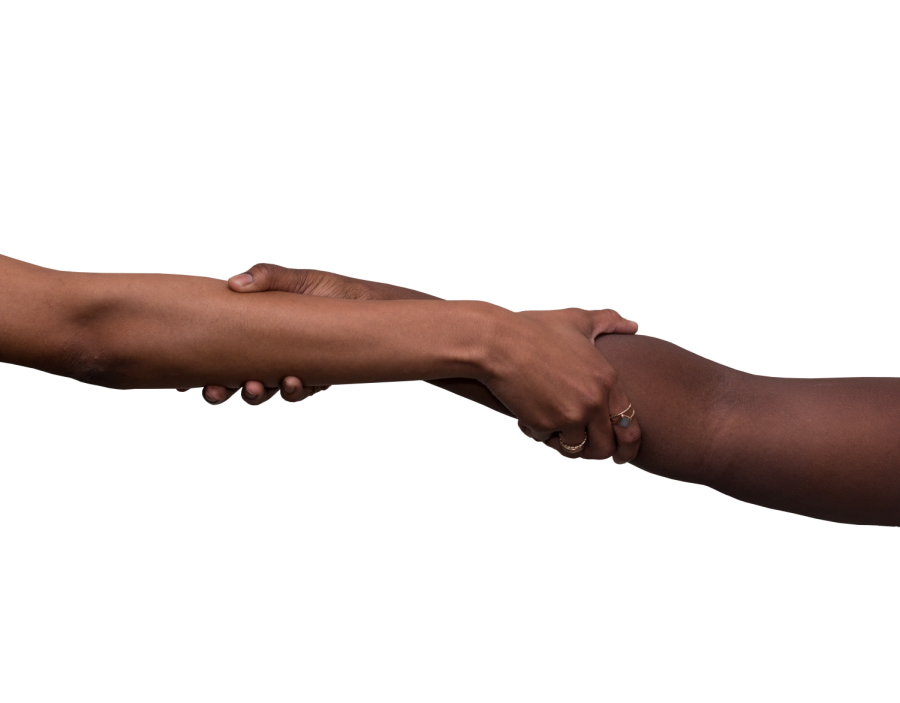
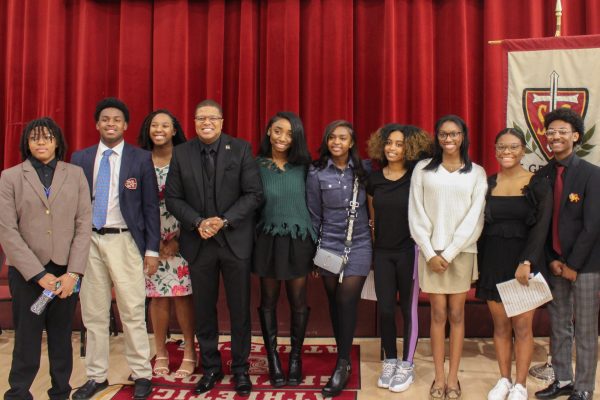

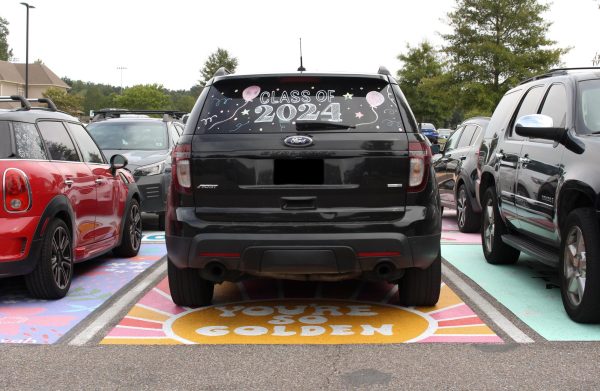

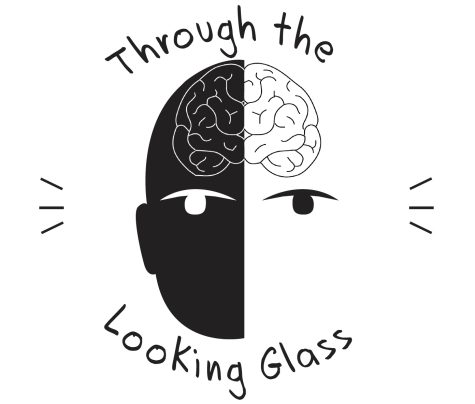



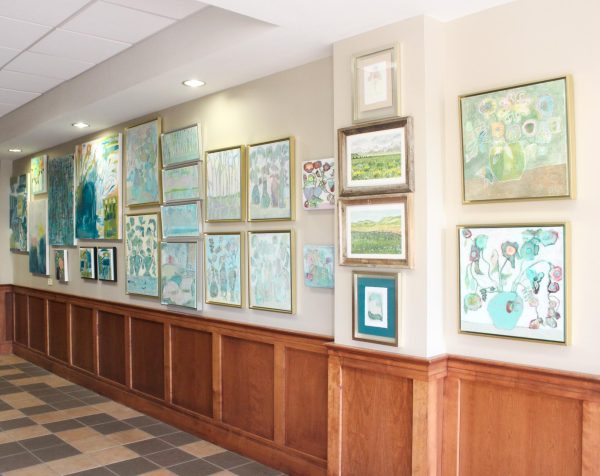

Miriam Brown • Apr 26, 2018 at 9:12 PM
killing it! (as always)